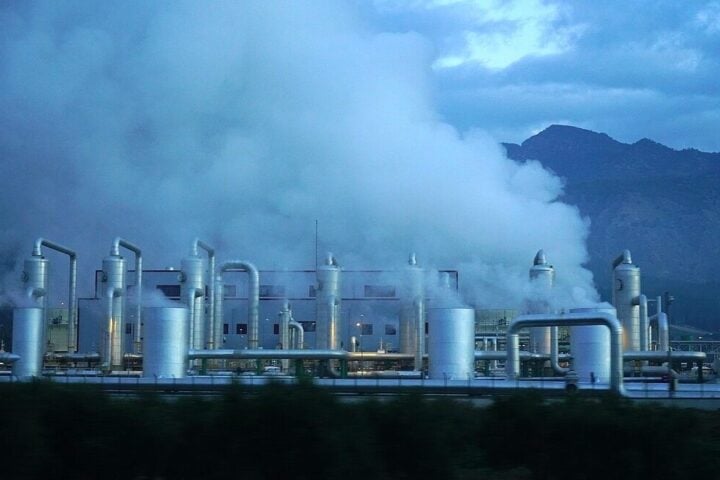The Biden-Harris Administration’s $7 billion investment in clean hydrogen hubs marks a significant stride in the clean energy transition, aiming to decarbonize sectors that have traditionally been carbon-intensive. This initiative, however, isn’t just a technological leap; it’s a people-centric approach. Each hub is designed with community benefits at its core, ensuring that local values are integrated into the technological advancements.
Historically, there have been global efforts in similar directions. The European Union, for instance, has long invested in hydrogen technologies through its Horizon 2020 program. Japan, not far behind, launched the world’s first liquid hydrogen carrier ship in 2019. These efforts highlight the global acknowledgment of hydrogen’s potential in energy transformation, as noted in a study by the International Renewable Energy Agency (IRENA) in 2018.
Now, let’s infuse this discussion with more environmental fervor, hydrogen industry jargon, and clean energy enthusiasm, while also expanding with supplementary information, historical context, and relevant statistics.
The U.S. is not alone in recognizing hydrogen’s potential. The International Energy Agency (IEA) underscores hydrogen’s versatility and its role in decarbonizing various sectors, including long-haul transport, chemicals, and iron and steel, where significant emission reductions have been challenging. Hydrogen’s adaptability is impressive — it can be produced from diverse sources, stored, moved, and utilized in multiple ways, making it a strong ally in enhancing renewable energy contributions.
Similar Posts
However, there have been challenges. The cost of producing hydrogen from low-carbon energy is high, and infrastructure development is slow, impeding widespread adoption. Most hydrogen today is produced from natural gas and coal, contributing significantly to CO2 emissions. The transition to clean hydrogen requires capturing CO2 from hydrogen production and increasing hydrogen supply from clean electricity sources.
Despite these challenges, the enthusiasm for hydrogen is not unfounded. As per the IEA, the cost of producing hydrogen from renewable electricity could fall by 30% by 2030 due to declining costs of renewables and the scaling up of hydrogen production. This economic feasibility, combined with hydrogen’s environmental benefits, positions it as a promising candidate in the global pursuit of clean energy.
In the U.S., the clean hydrogen initiative is expected to stimulate over $40 billion in private investment and significantly reduce carbon emissions, creating numerous jobs in the process. These hubs, while diverse in their objectives, collectively aim to produce three million metric tons of hydrogen annually, contributing to a substantial reduction in emissions from industrial sectors.
This initiative is not just a leap toward a cleaner environment but also a step toward humanizing technology. It’s about ensuring that as we progress, we don’t leave communities behind. It’s about making sure that the air we breathe and the environment we cherish are preserved for future generations. And importantly, it’s about using our resources responsibly and efficiently, so clean energy is not just an idea but a reality we live every day.

















